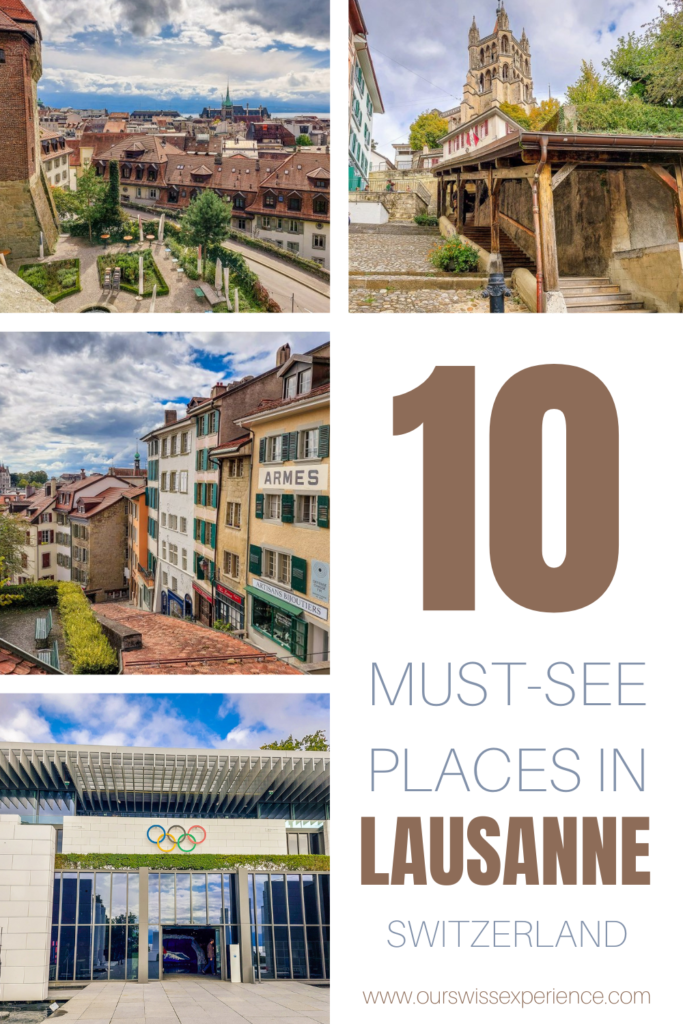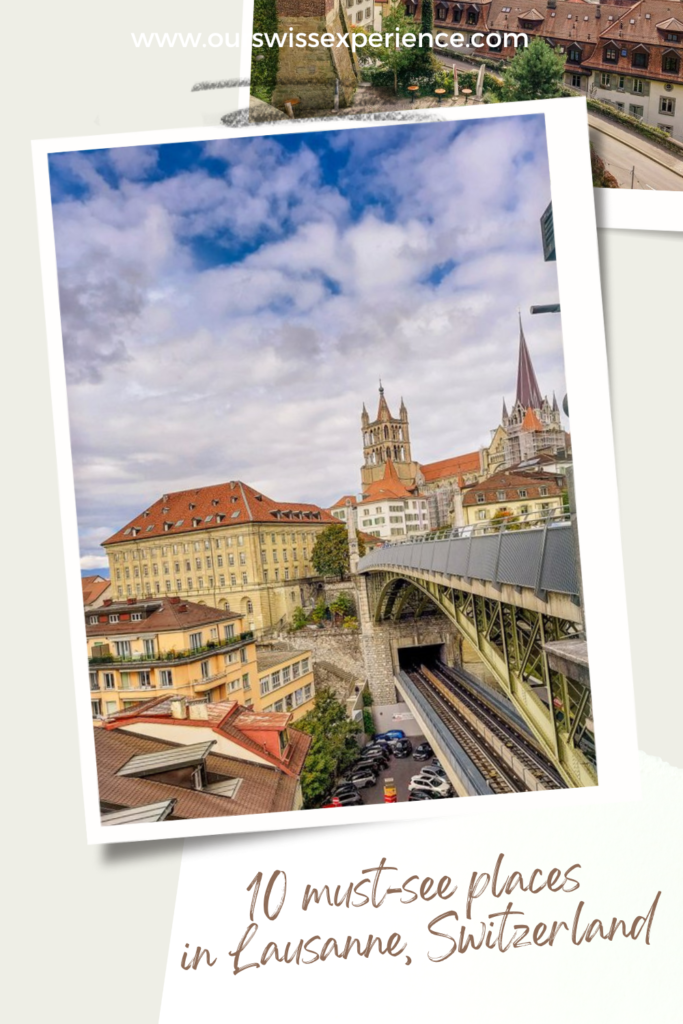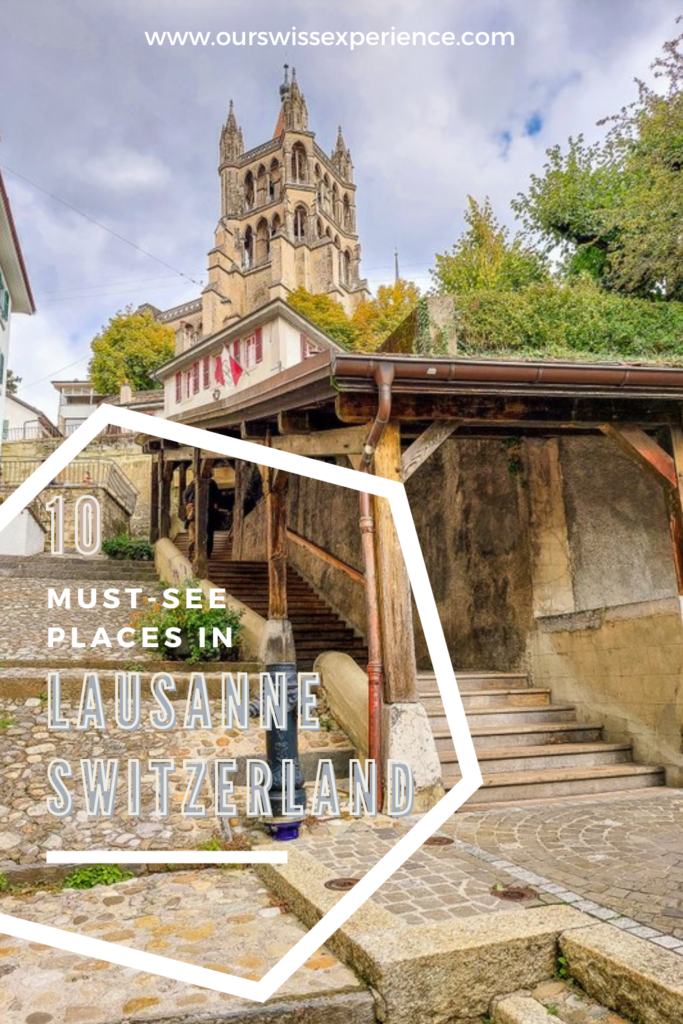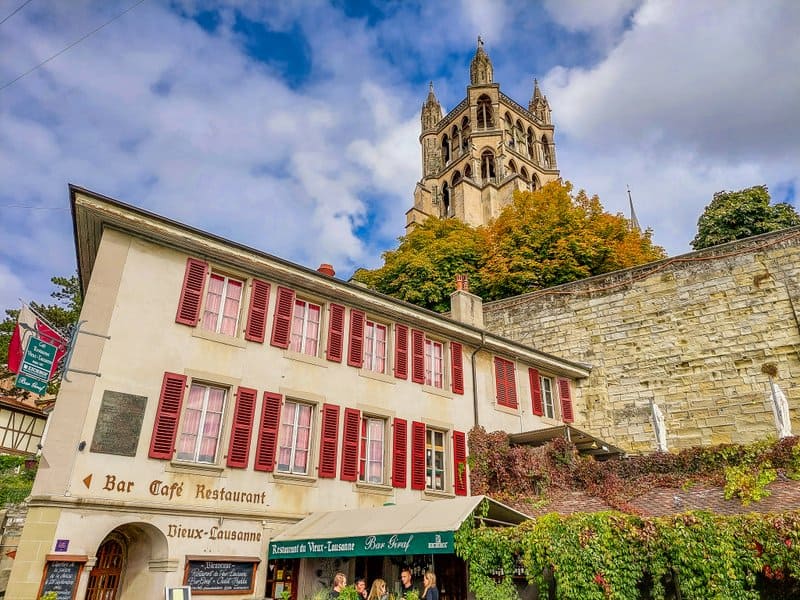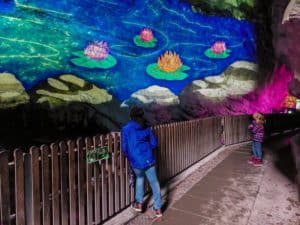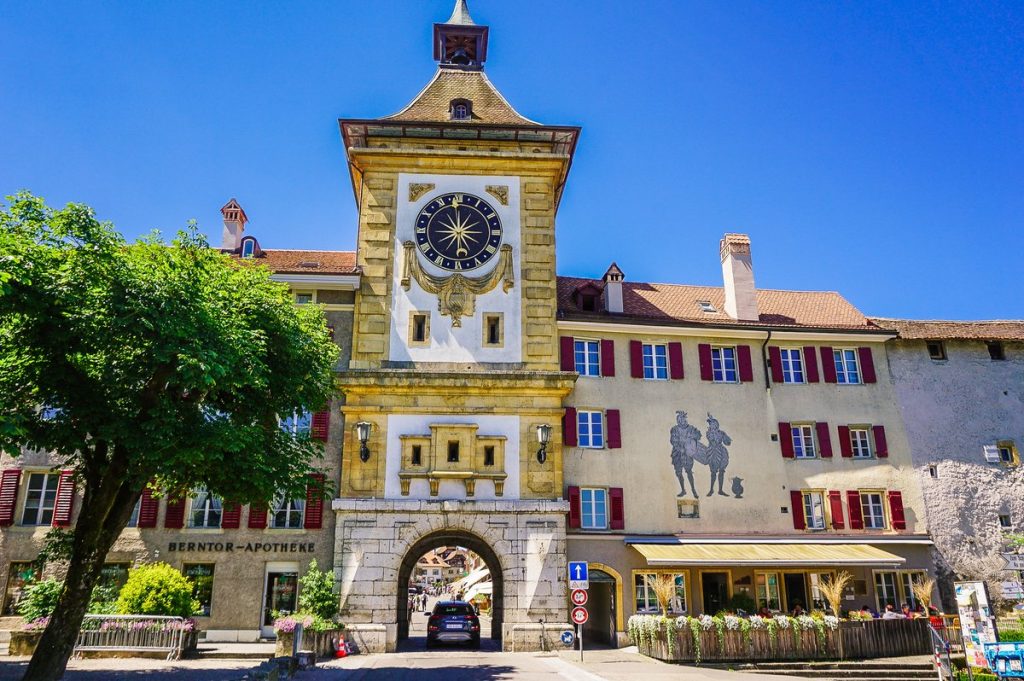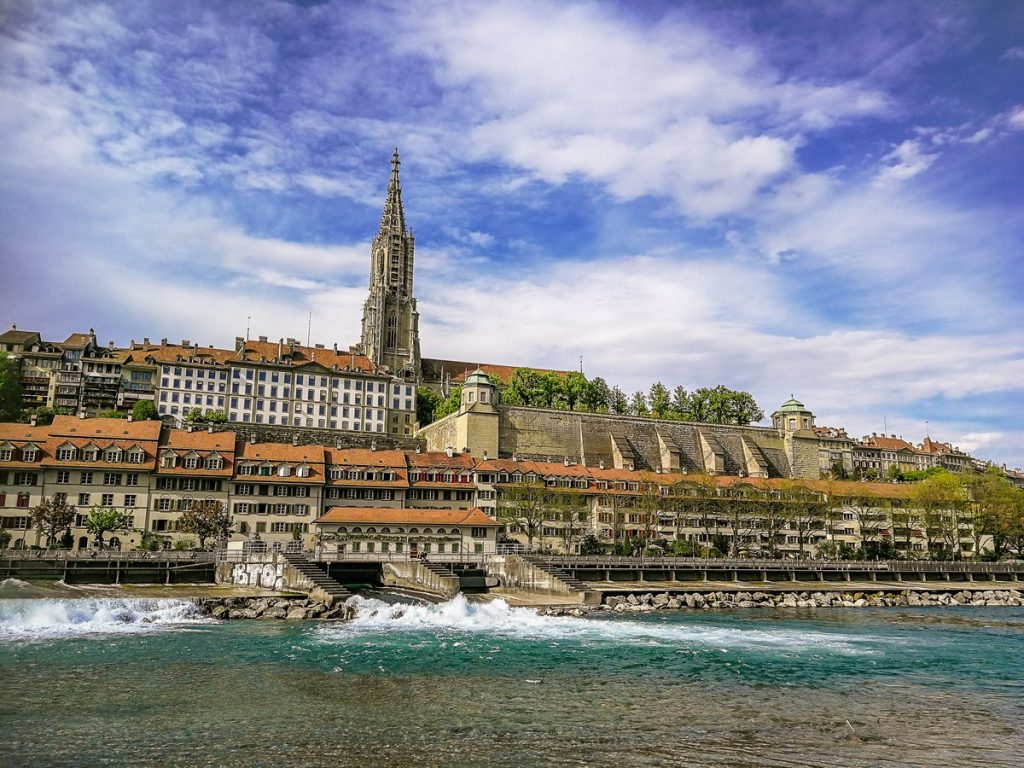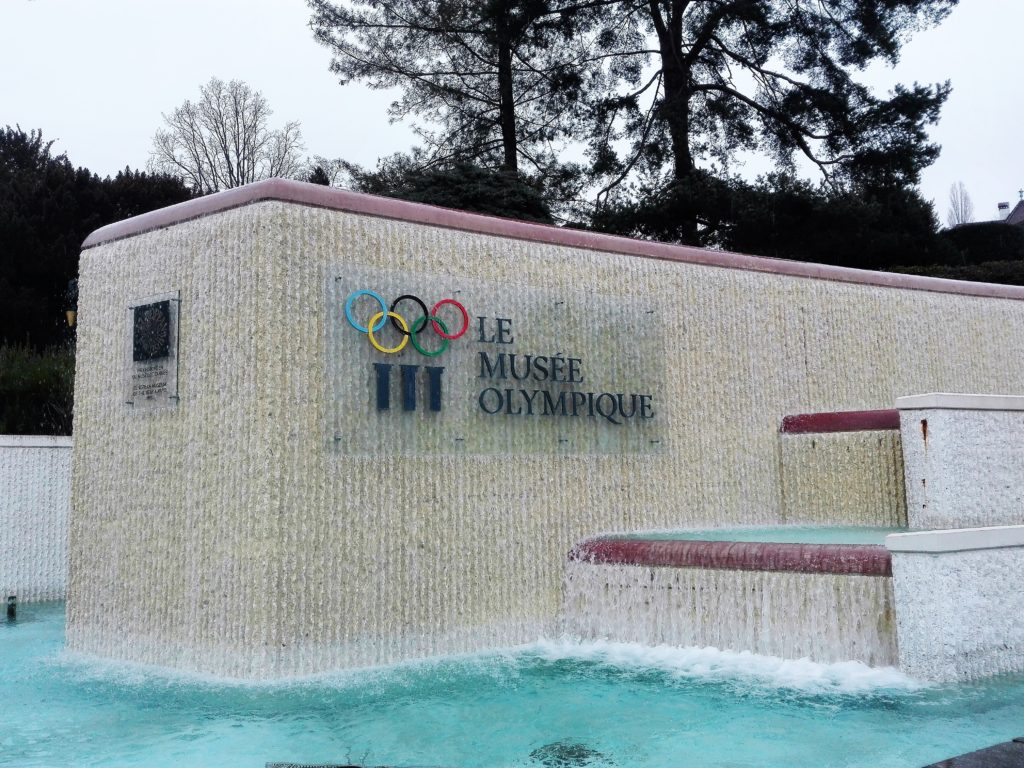Lausanne is the capital of the canton of Vaud. It is the fourth largest city in Switzerland, with one-third of its population being students, as Lausanne is a major university city. If Lausanne could be compared to any world city, with a slight exaggeration, I’d say that would be Paris. For the beautiful, opulent buildings with their little wrought-iron balconies. And San Francisco. Although I’ve never been there (unlike Paris), I know the steep hills well from the movies – and that’s exactly how the steep hills rise above the lake in Lausanne. Unlike the cute tram, though, the metro climbs them. Yes, Lausanne is the only city in Switzerland with a metro. And it even has two lines. But I’ll get to that. It’s the layout of Lausanne that shouldn’t be taken lightly when exploring it – places that are next to each other on the map may actually be at different altitudes and therefore quite far apart. In short, the Old Town is the highest part of Lausanne, while the lower part of the city is the Ouchy district on the shores of Lake Geneva.
In this article, you’ll learn about the top 10 places to visit in Lausanne’s historic center, get ideas for fantastic day trips from Lausanne, and get details on how to plan your visit. In one day in Lausanne, you will have enough time to visit the most interesting places.
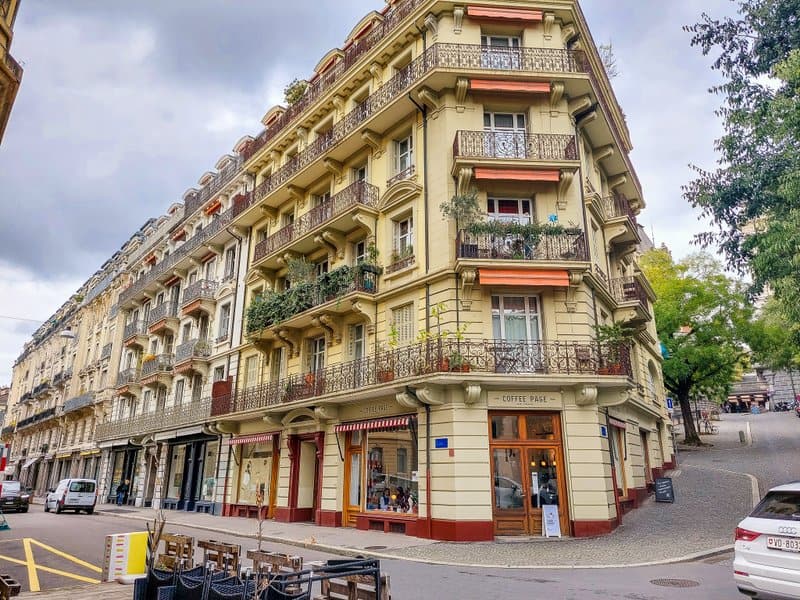
Arrival and overview information
Lausanne station is located on the train line connecting the cities on the shores of Lake Geneva. Directly from Geneva, you can be here by train in only 40 minutes. Ferries dock at the CGN port in Ouchy. If you’re arriving by car, you’d better follow the “Lausanne-Sud” signs – this will take you to the Parking Indigo Lausanne Port d’Ouchy car park. Parking fees here are pretty pricey (6 CHF/2 hrs; 8 CHF/3 hrs, 10 CHF/4 hrs, etc), but that’s probably everywhere in the city itself.
Transport in the city
You can travel around the city on public transport for free with the Swiss Travel Pass, as well as with the Lausanne Transport Card, which you get when you stay in a hotel in Lausanne. Tickets for public transport are divided into several categories: the short-journey ticket Court Parcours (for 3 stops) costs CHF 2.30, the Grand Lausanne ticket for zones 11 and 12 (you’ll need this if you’re taking the metro from Ouchy to the cathedral, for example) costs CHF 3.70 (CHF 2.40 with Half-fare card), the all-day ticket Carte journalière in two fare zones costs CHF 9.30 (CHF 6.90 with Half-fare card).
Lausanne city guide
This article is intended as a guide to the most interesting sights of the Old Town and the Ouchy lake waterfront. If you have the time and inclination, you can also check out the new, modern Flon district. This is located near the historic center of Lausanne. The valley of the Flon River, in the valley between two Lausanne hills, was filled in and built up with warehouses in the 19th century. However, when they were abandoned in the 1930s, the area ended up as a run-down neighborhood with a bad reputation until it was redeveloped in the late 1990s and countless new and original buildings were built on the site.
1. Lausanne Cathedral
Lausanne Cathedral is said to be one of the most beautiful examples of Gothic architecture in all of Switzerland, it is also the largest cathedral in Switzerland. The foundations of this building were probably laid in the mid-12th century, with construction taking place between 1190 and 1275. The interior of the cathedral, despite the fact that the altars, statues, and paintings disappeared from here due to the Reformation, is absolutely stunning. Here you can admire, for example, a magnificent vaulted ceiling, a painted portal, or a 13th-century rose window.
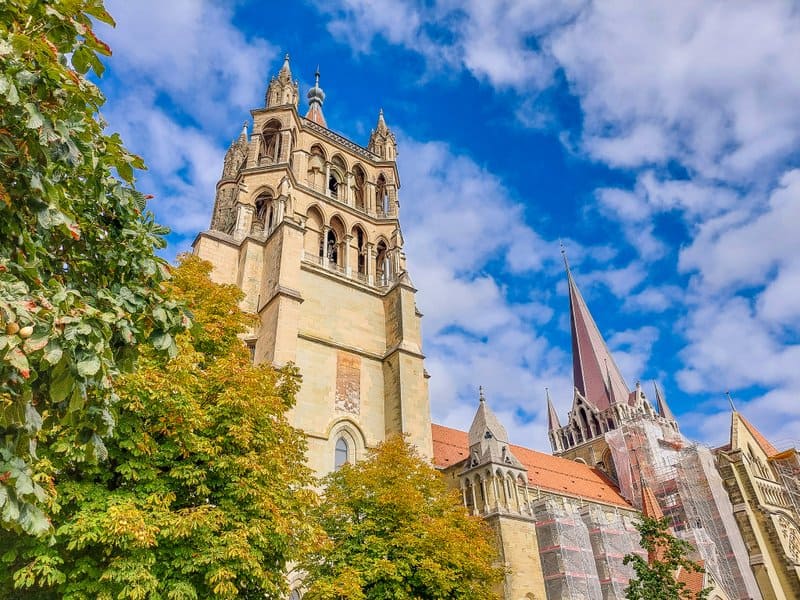
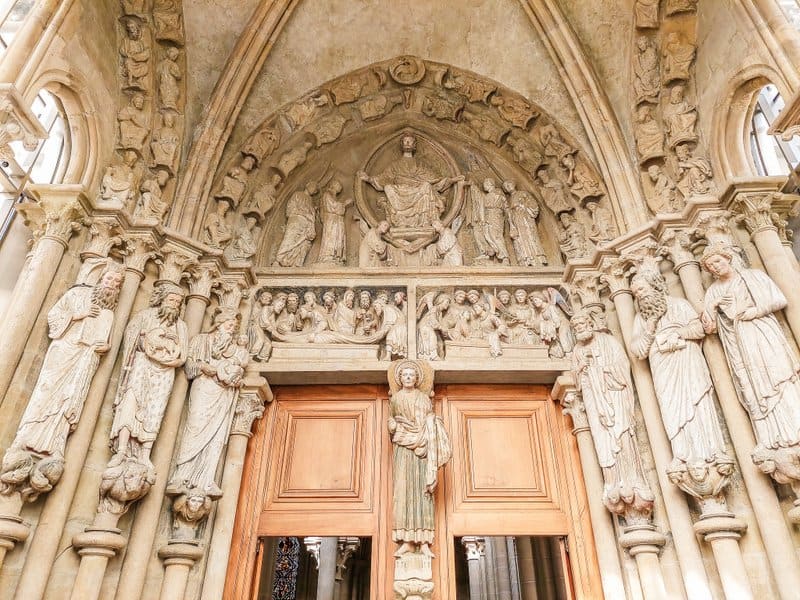
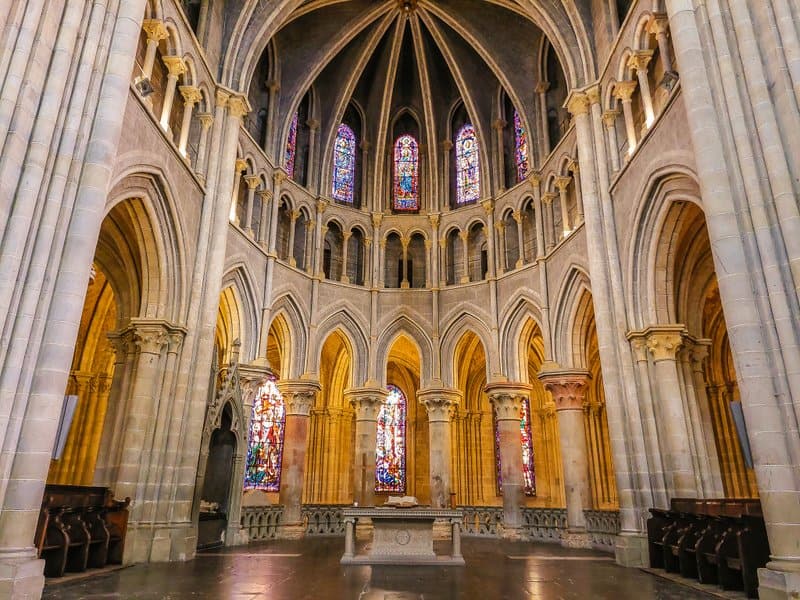
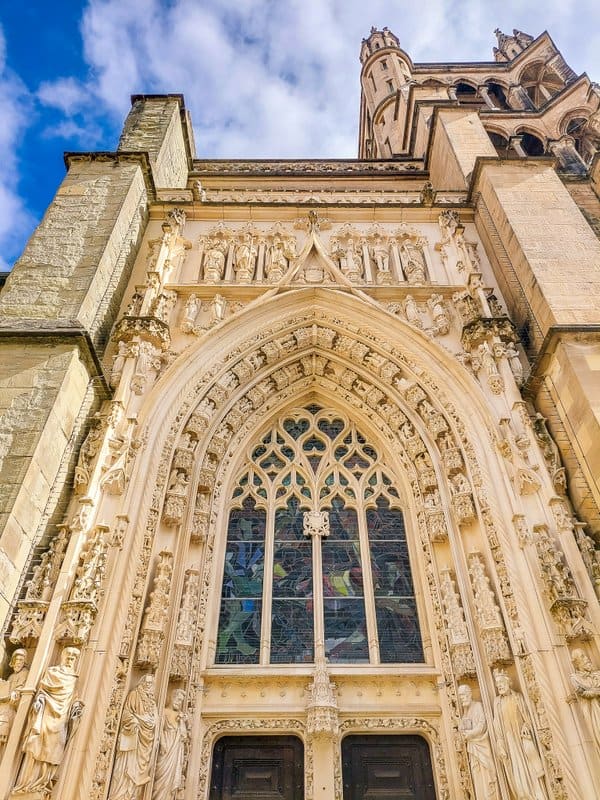
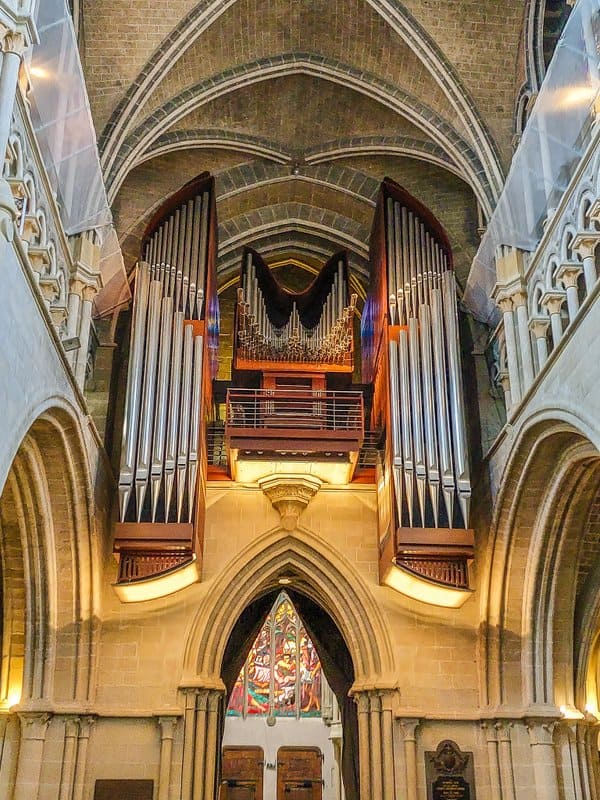
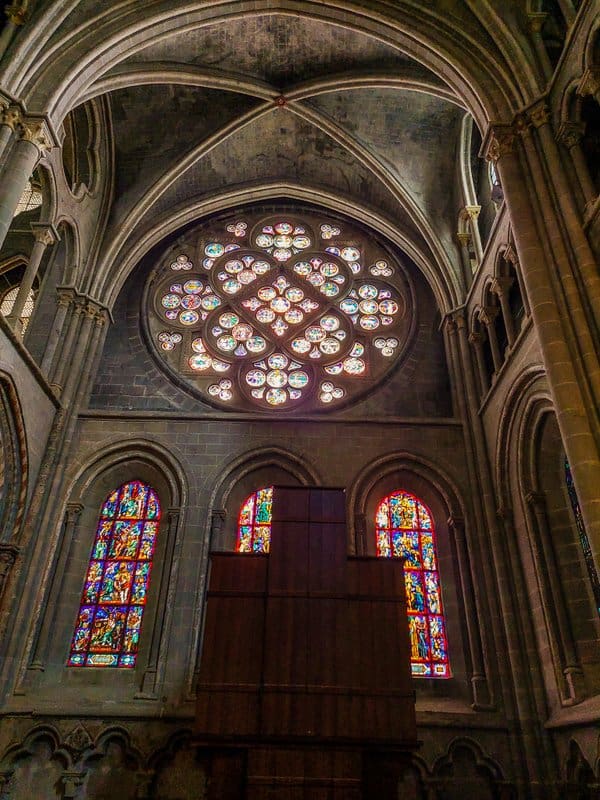
Next to the cathedral is the former bishop’s palace, which has been converted into the Musée Historique. Right next to it is a panoramic viewpoint from where you can enjoy a breathtaking view of the rooftops of Lausanne, Lake Geneva and the Alps.
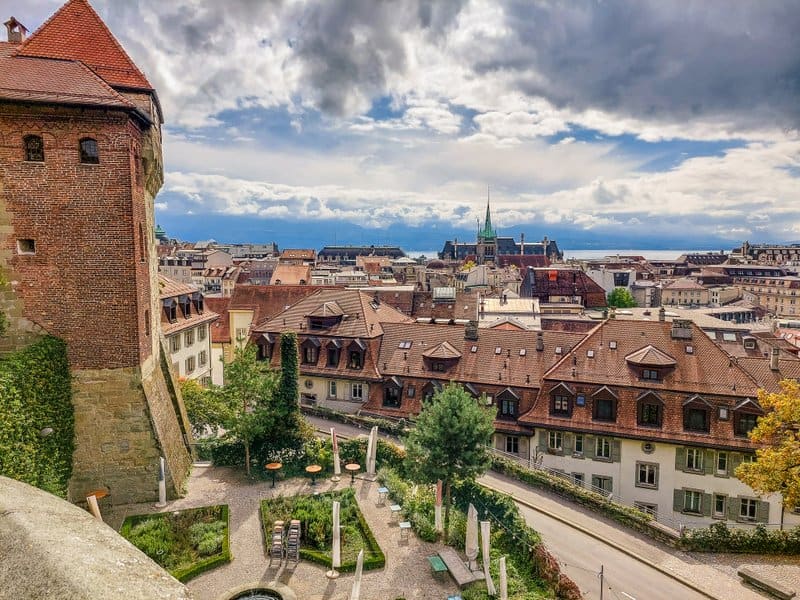
2. MUDAC
Next to the historical museum is the MUDAC – Museum of Contemporary Design and Applied Arts.
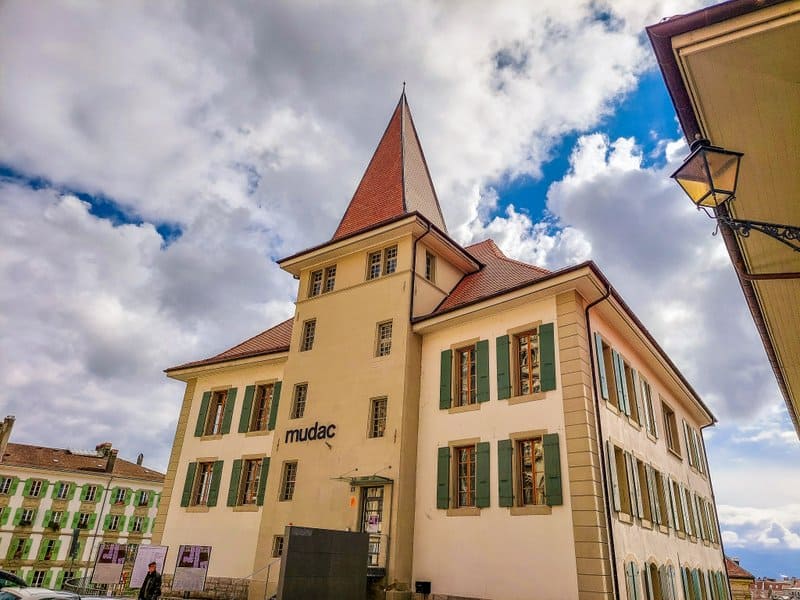
3. Escaliers du marché
Covered wooden staircase dating back to the 13th century that leads from the cathedral to Place de la Palud.
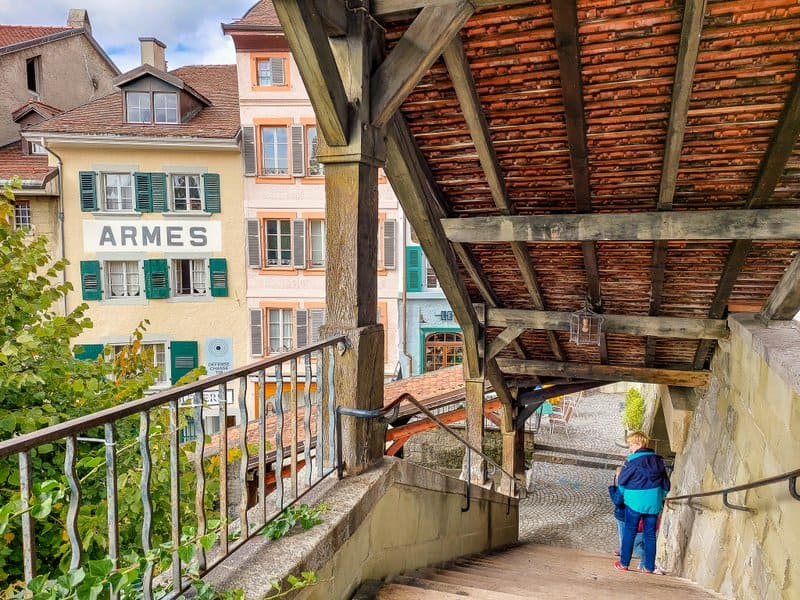
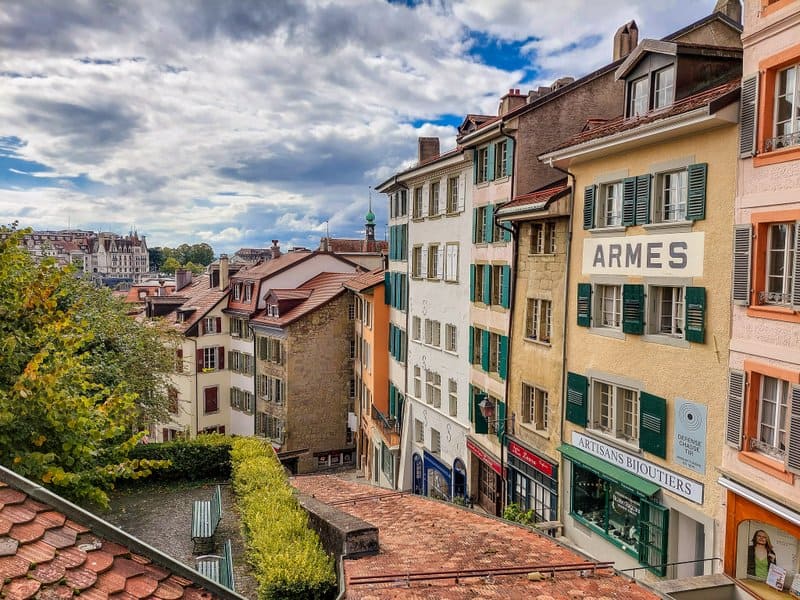
4. Place de la Palud
At the center of this square lined with shops and cafés is the Fountain of Justice, the oldest fountain in Lausanne. Behind the fountain is a mechanical clock that every hour performs chimes and scenes from local history. On the south side of the square is the Hôtel de Ville (town hall), dating from 1675.
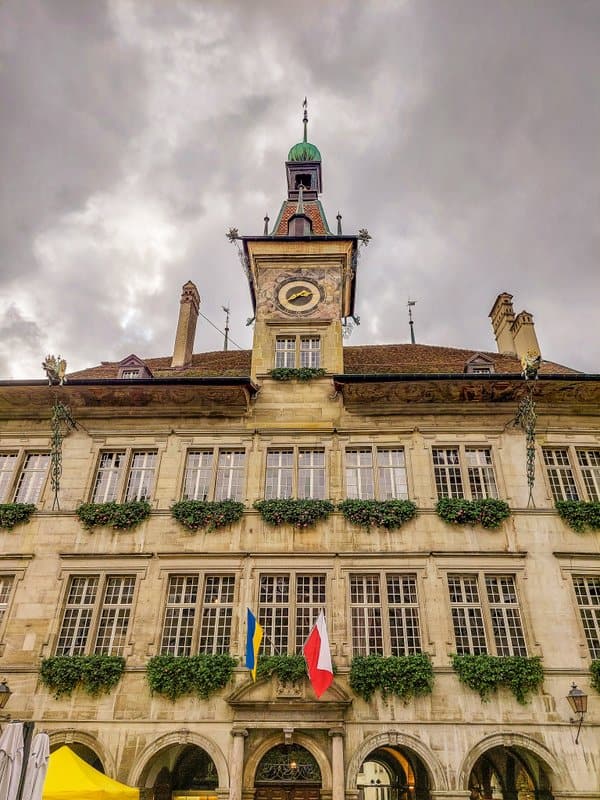
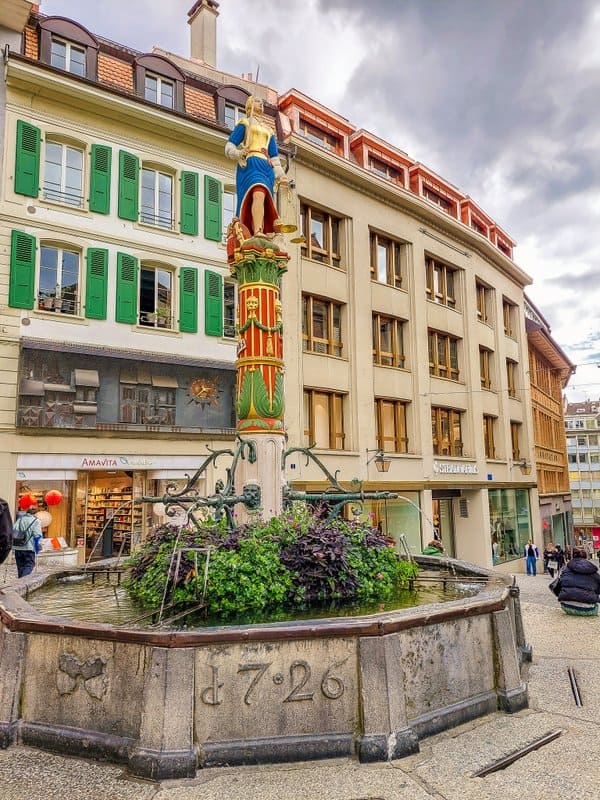
5. Ouchy and its lakeside walk
Ouchy is the name of an area near the waterfront that was once an independent fishing village. To this day, Ouchy is officially a separate municipality from Lausanne, although most visitors think of it as part of Lausanne. There are a number of luxury hotels on the waterfront promenade, for example, the Château d’Ouchy, a 12th-century château, has been converted into one.
On our autumn visit, we had the waterfront almost to ourselves, but in summer the lakeside is teeming with runners, families, and couples out for a stroll in the sunshine.
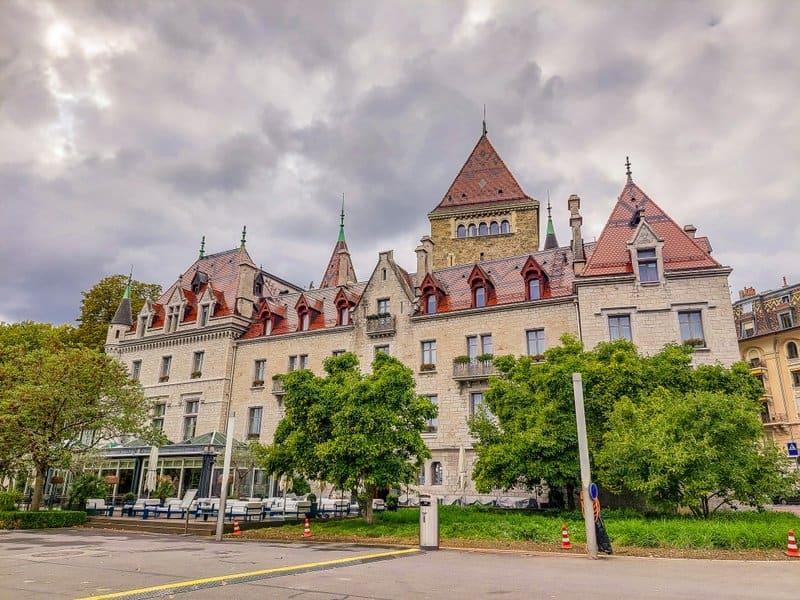
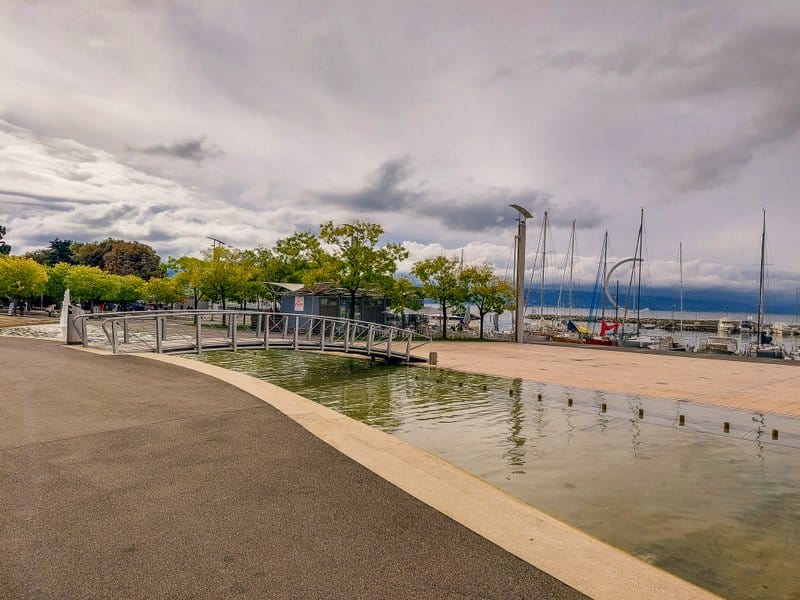
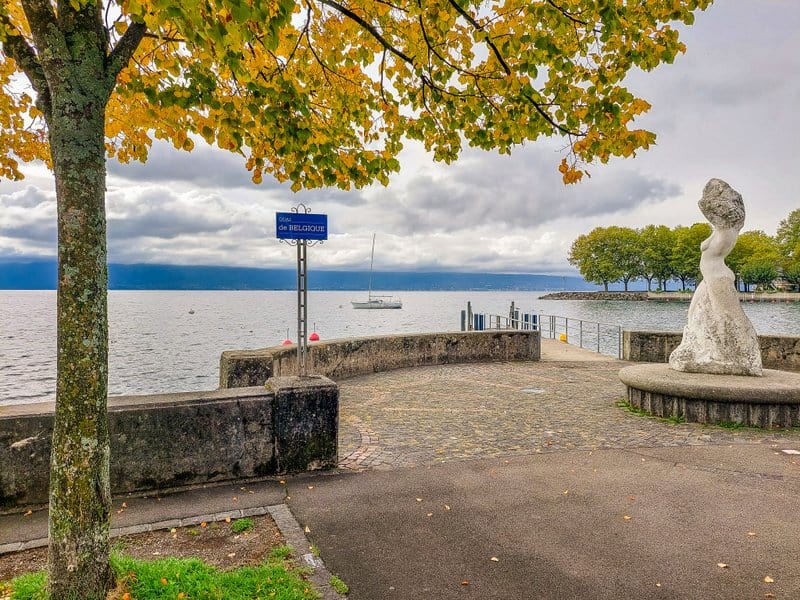
6. Metro
Lausanne is the only city in Switzerland with a metro. Its two lines run from north to south and from west to east. About a quarter of the route has been used for urban rail transport since 1877 when the line between the city center and Ouchy was opened as the first public funicular railway in Switzerland. With the opening of the M2 line, Lausanne has replaced Rennes, France, as the smallest city in the world with a complete metro system.* For sightseeing, the steep – fully automated – route of the M2 line, which runs from the waterfront in Ouchy north to the train station and the cathedral, will be most useful.
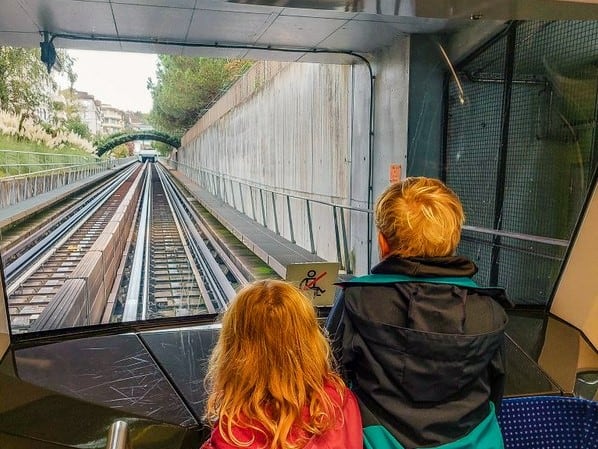
7. The Olympic Museum
One of the first things you see when you get out of the car park in Ouchy (or the metro station there) is the countdown to the next Olympic Games. Lausanne has been the headquarters of the International Olympic Committee since Pierre Coubertin, the French founder of the modern Olympic Games, moved it here to keep it safe during World War I.
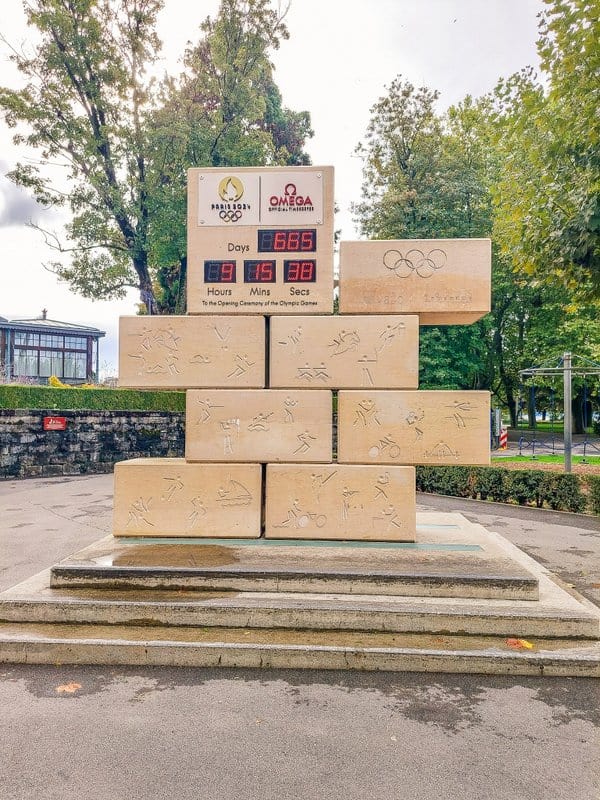
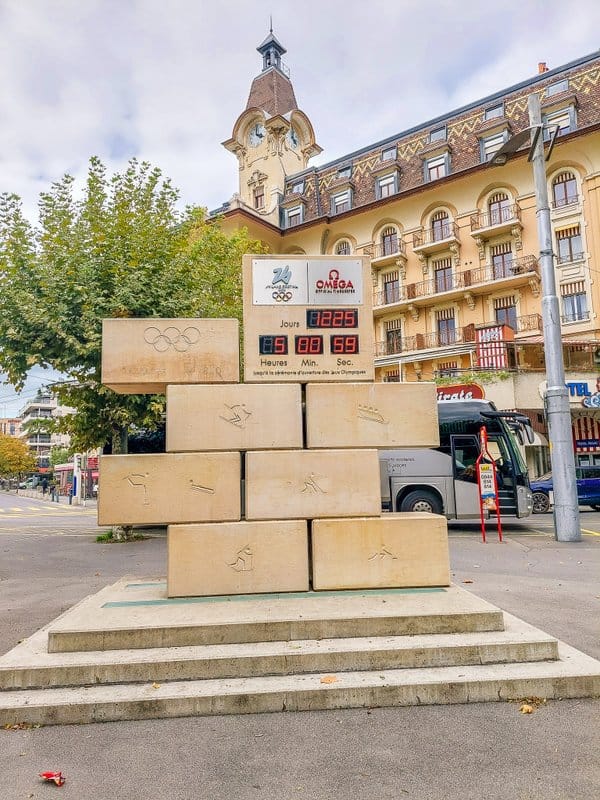
A visit to the Olympic Museum, which opened in 1993, is a must for sports lovers. Divided into three sections – the Olympic World, the Olympic Games and the Olympic Spirit – the museum takes you from ancient Greece to the present day.
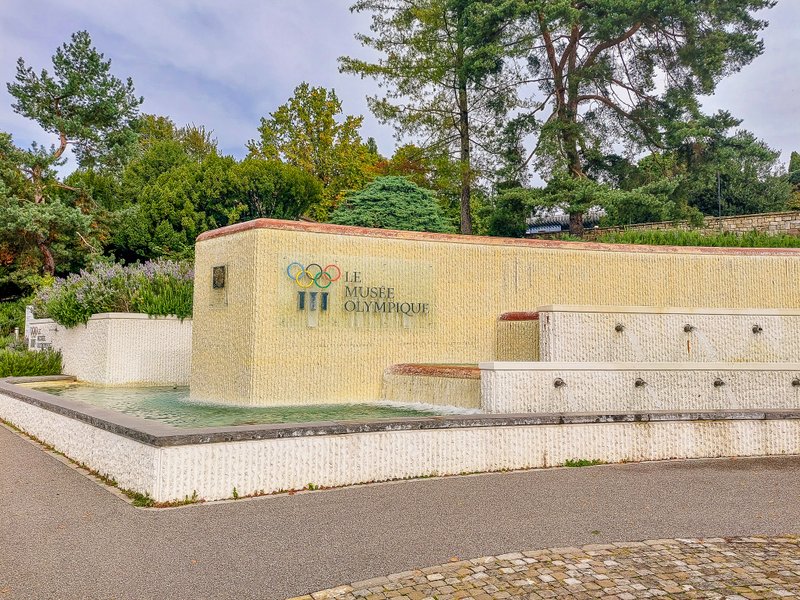
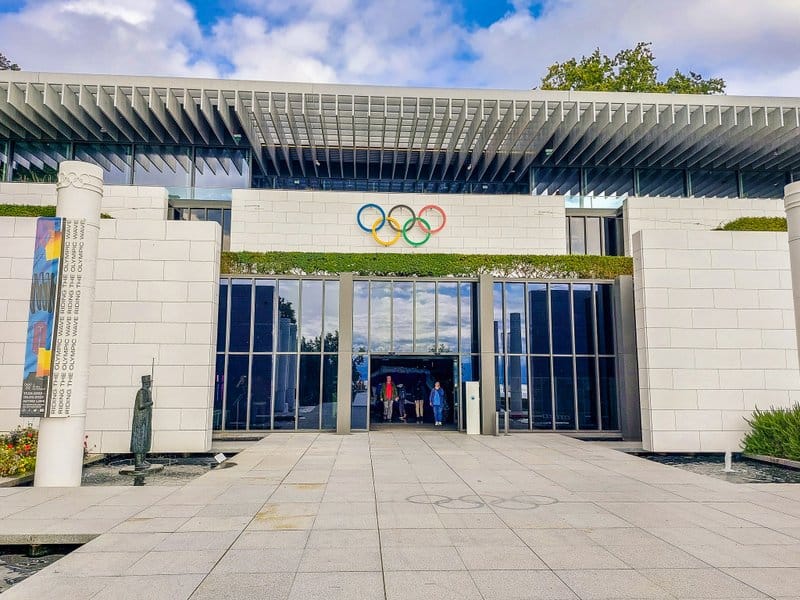
8. AQUATIS Lausanne
Aquatis is the largest freshwater aquarium in Europe. It is an interesting mix of aquarium and educational modern museum. I find Aquatis to be a very well-designed museum – didactically and architecturally, and it’s definitely a great place to go.
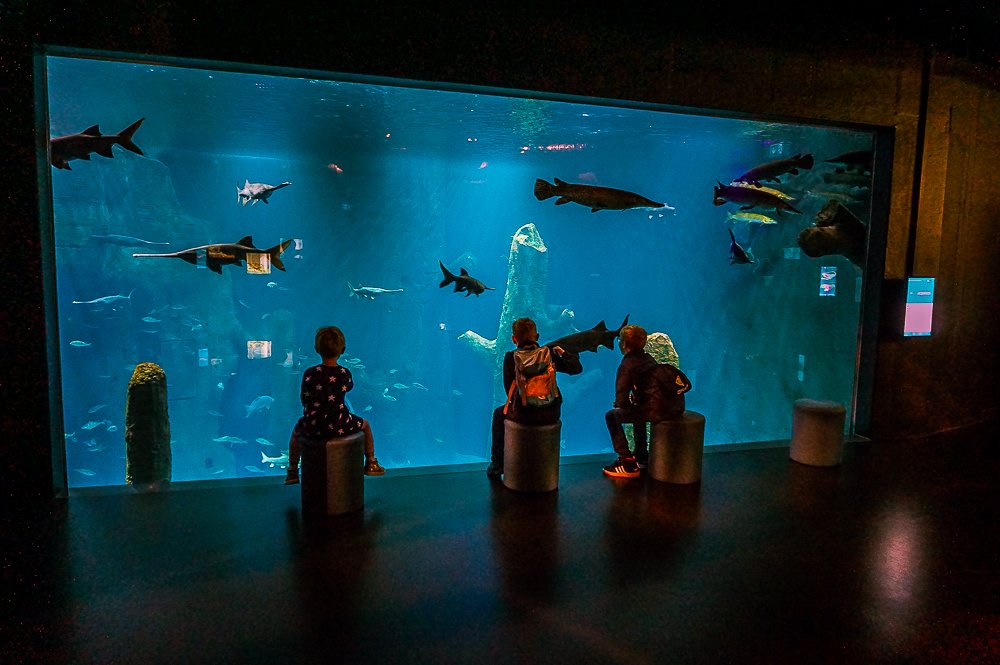
9. Lavaux vineyards
The terraced vineyards above Lake Geneva have been a UNESCO World Heritage Site since 2007. This unique wine-growing area between Lausanne and Montreux covers some 800 hectares. Although the local wine industry is huge, the Swiss apparently prefer to keep their wines to themselves. That’s why you hardly find Swiss wines outside Switzerland.
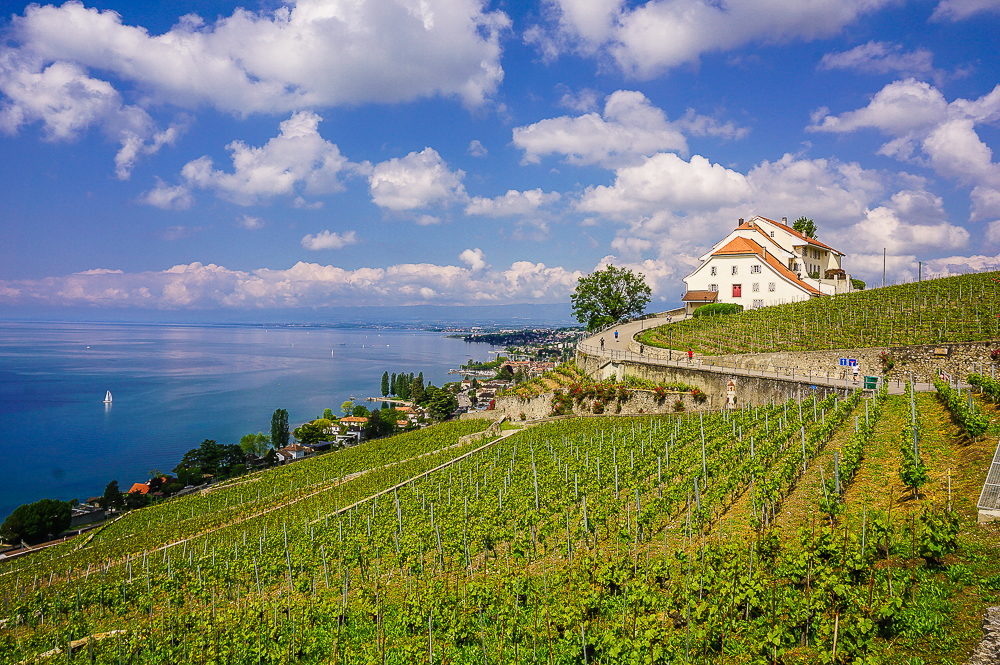
10. Lac Leman Cruise
Lake Geneva (Lac Léman) is one of the largest lakes in Western Europe and stretches across Switzerland from Geneva in the west to Montreaux in the east. If you like the idea of going to Lake Geneva, you have several options. For example, as a finishing touch to a hike through the vineyards of Lavaux, or you can also take a boat trip to France, such as the spa town of Évian-les-Bains or Yvoire, which was named France’s most beautiful village a few years ago.
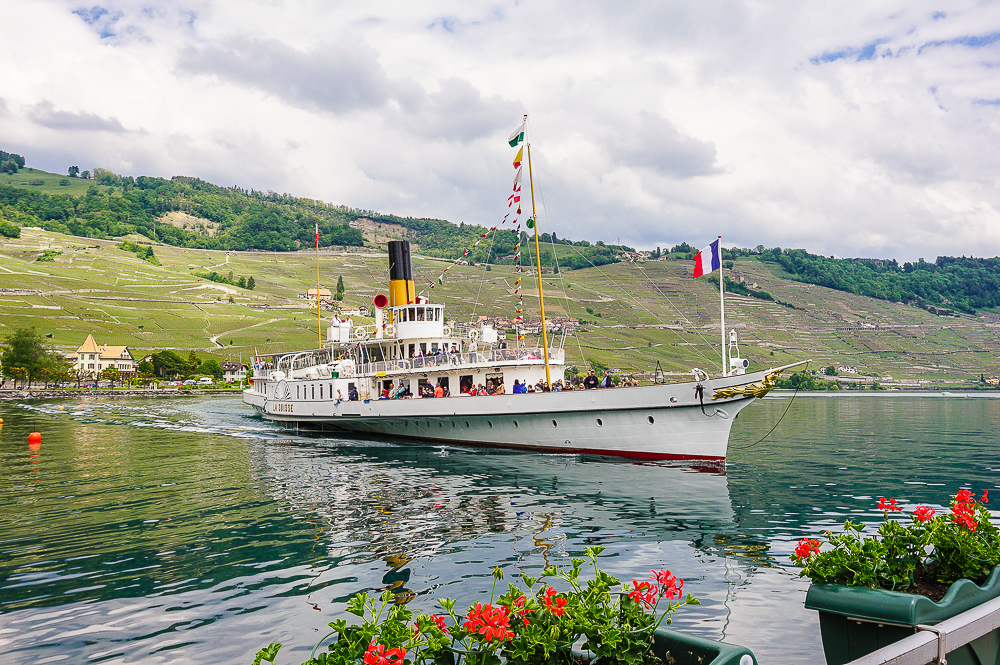
Day trips from Lausanne
In addition to the aforementioned trip to France, you can also visit other cities on the shores of Lake Geneva.
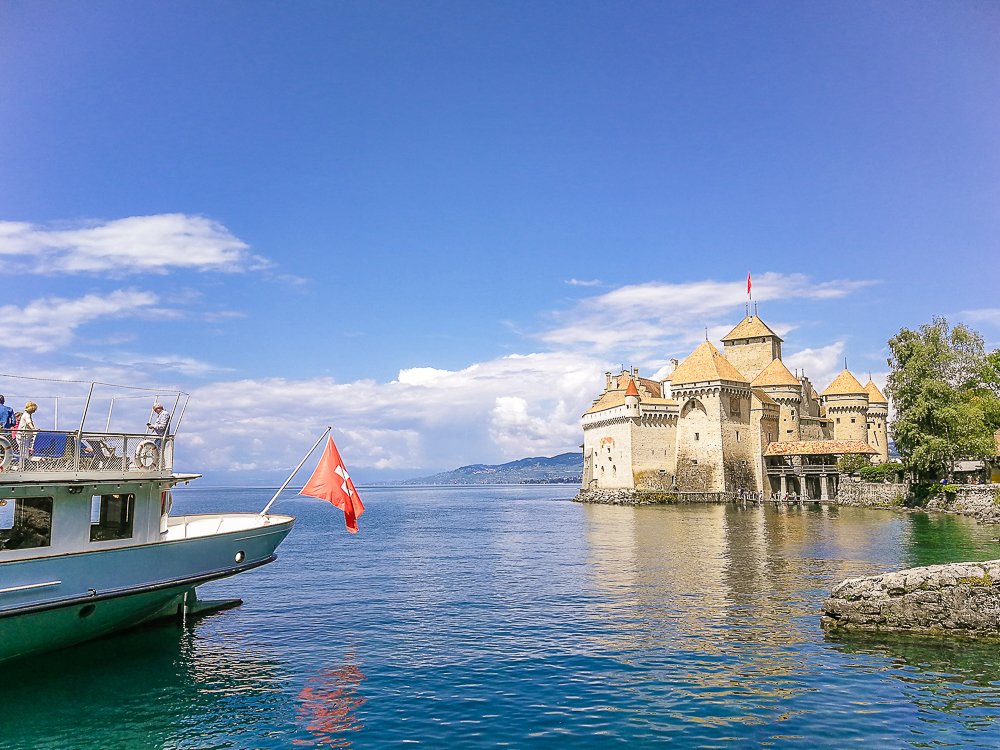
I hope you will find my guide to Lausanne and its surroundings useful. Or if you know someone who could use it, feel free to forward it to them! 🙂
